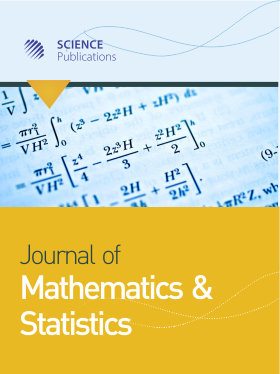Comparison of Multiple Linear Regression and Neural Network Models in Bank Performance Prediction in Botswana
- 1 University of Botswana, Botswana
Abstract
Bank performance is critical to the banking sector and the economy as a whole. In this study, Multiple Linear Regression (MLR) technique and feed forward Neural Network (NN) are used to predict the performance of 11 banks in Botswana. Return on Assets (RoA) is used as the dependent variable, while management quality, credit risk, liquidity, financial leverage and capital adequacy are used as the independent variables. The data is sourced from the financial reports for the year range 2015-2019. When using MLR, the cost-to-income (C_I) ratio (management quality measure) and the loan loss provision to total loans (LLP_TL) ratio (credit risk measure) are found to be the two most significant drivers of bank performance. The NN has an R2 value of 84.37% which is significantly higher than the R2 value of 70.00% for the MLR. The cost-to income ratio is found to be the most important driver of the NN. The performance of the two methods (MLR and NN) is then assessed using the Mean Absolute Error (MAE) and Mean Square Error (MSE) as the performance indicators. When using the validation sample, it was found out that the MLR has a MAE of 0.00611 while the NN has a MAE of 0.00472. The MLR has a MSE of 0.00008 in comparison to the NN with a lower MSE of 0.00004. It was then concluded that the NN has better predictive abilities than the MLR.
DOI: https://doi.org/10.3844/jmssp.2021.88.95

- 2,682 Views
- 2,031 Downloads
- 3 Citations
Download
Keywords
- Multiple Linear Regression
- Neural Networks
- Bank Performance
